Pros: Long range estimates, incredibly quick acceleration, spacious interior, unmatched Supercharger network, top safety scores
Cons: Firm ride, ample interior noise, questionable build quality, distracting touchscreen, no Apple CarPlay/Android Auto; fluctuating prices can harm resale value
The Tesla Model 3 is the third mass-production vehicle from the all-electric carmaker. It went into production in late 2017, following the Model S sedan and Model X SUV. As is the case with those two earlier vehicles, the Model 3 has had a rather confusing history.
Tesla isn’t like the typical car manufacturer. The obvious difference is Tesla only makes electric vehicles, but there are several other reasons why it’s peculiar in the industry. For one, schedules and deadlines are often adjusted to compensate for unforeseen delays. Further confusing matters is the fact that Tesla doesn’t really follow the custom of changes by model year. During the course of a calendar year, several updates can be made on the fly and prices can fluctuate, too. Even the process of purchasing a Tesla is different.
Tesla changed the automotive industry for the better. The Model S sedan proved that EVs could be aspirational, and the Supercharger network made longer trips a reality. The Model 3 brought the benefits of all-electric transportation to a broader audience, and for the first several years, there weren’t any direct competitors. Today, the Model 3 remains one of the best EVs on the market, but the competition is closing in with exceptional choices that include the Hyundai Ioniq 5, Kia EV6 and Ford Mustang Mach-E. As much as we like it, the Model 3 is far from perfect. Despite what its very vocal fanbase may proclaim, it has just as many advantages and drawbacks as any vehicle.
Interior & Technology | Passenger & Cargo Space | Performance & Electric Range
What it's like to drive | Pricing & Trim Levels | Crash Ratings & Safety Features
What are the Model 3’s interior and in-car technology like?
The Model 3’s interior is stark, minimal and modern. There’s only the steering wheel and a large 15-inch touchscreen protruding from the dash, and a distinct absence of knobs or buttons. There are only two choices for interior colors: black or black and white, and both feature “vegan” synthetic leather upholstery. The front seats are on the firm side and also rather flat, which may cause some hard pressure points on longer trips. The seats are not offered with cooling or ventilation, and can get stifling on hot days.
Almost all functions are run through the central touchscreen, and it can take some time for new users to get acquainted with the numerous menus and settings. The steering wheel features two multifunction dials that control a variety of features, from mirror positioning and audio, to cruise control adjustments. Even after some time getting used to the many features and controls, basic functions such as adjusting the temperature require the driver to take their eyes off the road. There are at least many voice controls that can bypass the touchscreen.
Navigation relies on Google data, which means you’ll have the latest maps and information, but it also means if you’re in an area with sparse data coverage, you’ll have limited access. The lack of smartphone integration via Apple CarPlay or Android Auto also keeps you from using those more familiar interfaces instead of Tesla’s native system. If you want to use your phone as a music source, you’ll have to do it through Bluetooth and contend with its lower audio quality. Tesla also makes several streaming services and games available, which could come in handy when killing time while charging.
There are plenty of technology drawbacks that should give shoppers some pause, but that’s not to say things will improve. Tesla pioneered over-the-air software updates that not only fix glitches, but also add features or even increase performance and range. It’s far better than having to visit your local service center.
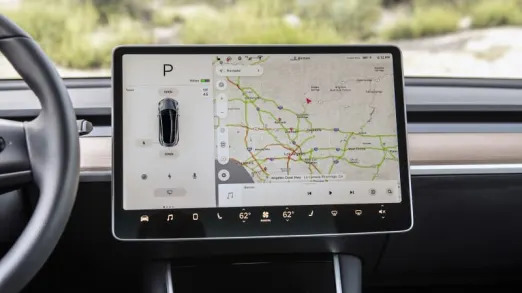
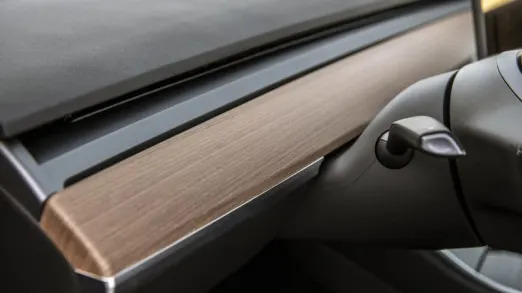
How big is the Model 3?
The Tesla Model takes up about the same space as a BMW 3 Series sedan and offers similar room for passengers. Taller, 6-foot occupants will have enough head and legroom in the rear seats and the sense of spaciousness is enhanced by the expansive panoramic sunroof. There are large door pockets and a deep central bin to hold your personal items, as well as a handy tray to keep your phone secured.
Despite its rather small trunk volume of 12.3 cubic feet, the Model 3 can hold a surprising amount of cargo. In the event you need more, the 60/40 split rear seats fold flat with the trunk floor for easier loading of bulky objects. Since there’s no internal combustion engine, there’s also a secondary trunk up front (frunk) that can hold another 2.7 cu-ft.

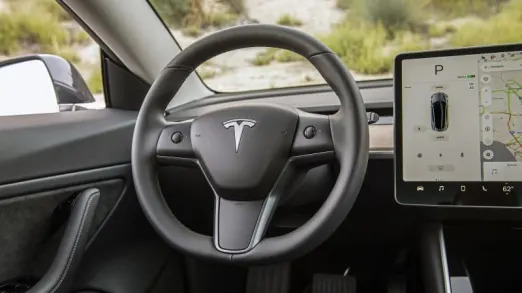
What are the Model 3’s range and performance specs?
As of this writing in May 2022, there are three choices in the Model 3 lineup. The base rear-wheel-drive (RWD) Model 3 and two all-wheel-drive versions: the Long Range and Performance. The RWD Model 3 has an estimated range of 272 miles on a full charge and a 0-60 mph claim of 5.8 seconds. It carries a 7.6-kilowatt charger and has a max Supercharger capability of 170 kW.
The all-wheel-drive Model 3 Long Range is estimated to return 358 miles on a charge and reach 60 mpg in 4.2 seconds. It upgrades to an 11.5-kilowatt onboard charger and has a 250 kW maximum Supercharge capability.
At the top of the lineup is the $63,000 Model 3 Performance, with 315 miles of range and a blistering 0-60 mph time of 3.1 seconds. It has the same recharging hardware.
Going back through the Model 3’s history can get confusing with the numerous updates and the fact that some of these were implemented on previous model year vehicles. In 2021, the Standard Range Plus (formerly called the Mid-Range Battery) model name was dropped in favor of the current base Model 3 and estimated range increased from 263 to 272 miles.
In 2019, the much-anticipated Model 3 Standard Range (250 miles) debuted as the affordable alternative, but it was very short-lived. There was also an update that increased power output by 5% and the Long Range version also increased its range from 310 to 322 miles. For 2018, the Model 3 added the all-wheel-drive Performance model with an estimated 260 miles of range. At its 2017 launch, the Model 3 was only available in a Long Range rear-wheel-drive version with 310 miles of range.
Like most EVs, the Model 3 is negatively affected by cold temperatures. Range will be decreased and charge times will extend in these conditions. Owners will also see range drop overnight as energy is expended to keep the batteries warm.
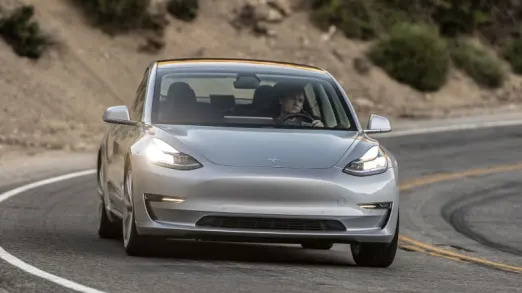
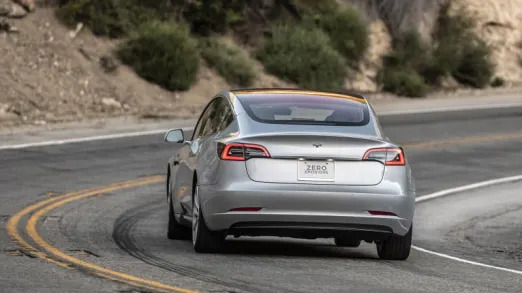
What's the Model 3 like to drive?
Acceleration varies depending on which Model 3 you’re driving, but even the base trim is quicker than most drivers will ever need. The Performance version is absurdly quick. The novelty of terrifying your passengers will eventually wear off, and when driven more conservatively, acceleration is smooth and seamless, since there are no typical transmission gears.
Slowing the Model 3 (and indeed almost all EVs) is where it really differs from internal combustion vehicles. When lifting your foot off the accelerator, the electric motors become generators and use the car’s momentum to recharge the batteries. Those new to EVs will need to adjust their driving style, but it’s not at all difficult. If you select maximum regeneration, the vehicle can come to a complete stop without ever having to touch the brake pedal. This one-pedal driving is one of the more popular aspects of EV driving, and admittedly, one you will find in other, similarly priced models.
The Model 3’s composure through turns is helped by its low center of gravity since most of the car’s weight is in the under-floor battery pack. The all-season tires have enough grip to please the average driver on a twisty road, but the overly protective standard stability control system will limit how much fun you have. Those seeking more cornering prowess should upgrade to the Performance trim that comes with improved brakes, a sport-tuned suspension and a track-focused drive mode.
As far as comfort is concerned, the ride quality is on the firm side and can feel a bit nervous and jittery over broken pavement. The absence of a gasoline engine results in a very quiet cabin, but that also puts additional emphasis on what noise remains. The road noise is more noticeable and can sound oddly “boomy” over bumps, but that’s generally isolated to when the stereo is quieted. More concerning are the numerous creaks and squeaks that can be heard from the interior panels. After only a few thousand miles, those noises can make the Model 3 sound like a 30-year-old pickup truck.
What other Tesla Model 3 reviews can I read?
Tesla Model 3 First Drive Review
Our first time behind the wheel of the Model 3 when it was a new car back in 2018. A lot has changed back then, especially the presence of competition.

How much does the Model 3 cost?
Buying a Tesla is different, as you likely can’t just pop into your local dealer and pick one up that day. Instead, you start the process by ordering one online or at one of the company’s showrooms. Pricing on Tesla’s ordering page is usually displayed with “potential savings” deducted from the purchase price. These savings include possible tax breaks, incentives and savings over gasoline-powered vehicles.
This pricing scheme is a helpful reminder that shoppers should think differently about an EV purchase. Electricity generally costs a fraction of what gasoline does for an equivalent distance driven, so it’s a good idea to imagine you’re paying for “fuel” upfront, rather than regularly at a gas station.
At the time of this writing in January 2023, the base rear-wheel-drive (RWD) Model 3 is listed at $43,990 for purchase, which is $3,900 than last year. The Model 3 Performance drops by nearly $10,000 to $53,900 (and therefore under the new price cap for federal tax credits that will last until March 2023). The all-wheel-drive Model 3 Long Range, which had been going for $56,000 last year was not priced on Tesla's website at the time of this writing in January 2023. T The "Full Self Driving" option costs another $15,000 (its price went up by $3,000 since last year), but we don’t recommend it since the system is still working out some serious bugs and could prove to be a safety hazard. There's also the $6,000 Enhanced Autopilot option reappeared on the ordering site, and this system fills the middle ground between Autopilot and FSD.
Checking the Tesla website for the latest pricing info is not only recommended but necessary since that’s where you’re most likely to buy a car.
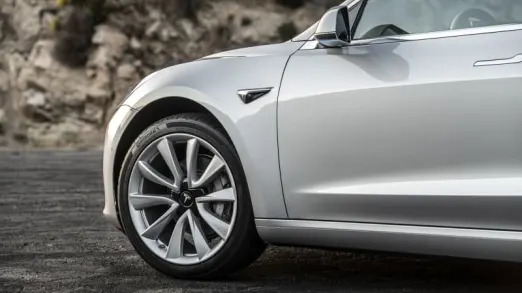

What are the Model 3 safety ratings and driver assistance features?
Since its inception, the Tesla Model 3 has earned top safety scores across the board in crash tests conducted by the National Highway Traffic Safety Administration. From 2019 onward, the Insurance Institute for Highway Safety has named the Model 3 a Top Safety Pick+, its highest award.
The standard “Autopilot” and optional “Full Self-Driving” system are the Model 3’s most prominent technology features, but we caution that there are no self-driving or fully autonomous features yet, despite the names of these features. Autopilot is essentially a combination of adaptive cruise control and lane-centering steering assistance (many cars offer such systems now, including the Model 3’s main competitors). It greatly reduces effort and fatigue on highway journeys, but it is not a hands-free system as you need to be ready to take over at any moment. Those moments can be alarmingly frequent, as the car can sometimes veer off course, requiring the driver to wrestle the wheel back to its intended path.
“Full Self Driving,” meanwhile, was touted as a truly hands-free system, but it has a long way to go before being considered safe. Select customers have been chosen as beta testers with very mixed results. The system promises hands-free on-ramp to off-ramp driving, including lane changes. Summoning the car from a remote location is also an advertised feature, along with the ability to stop for traffic signals and signs.
Related video:
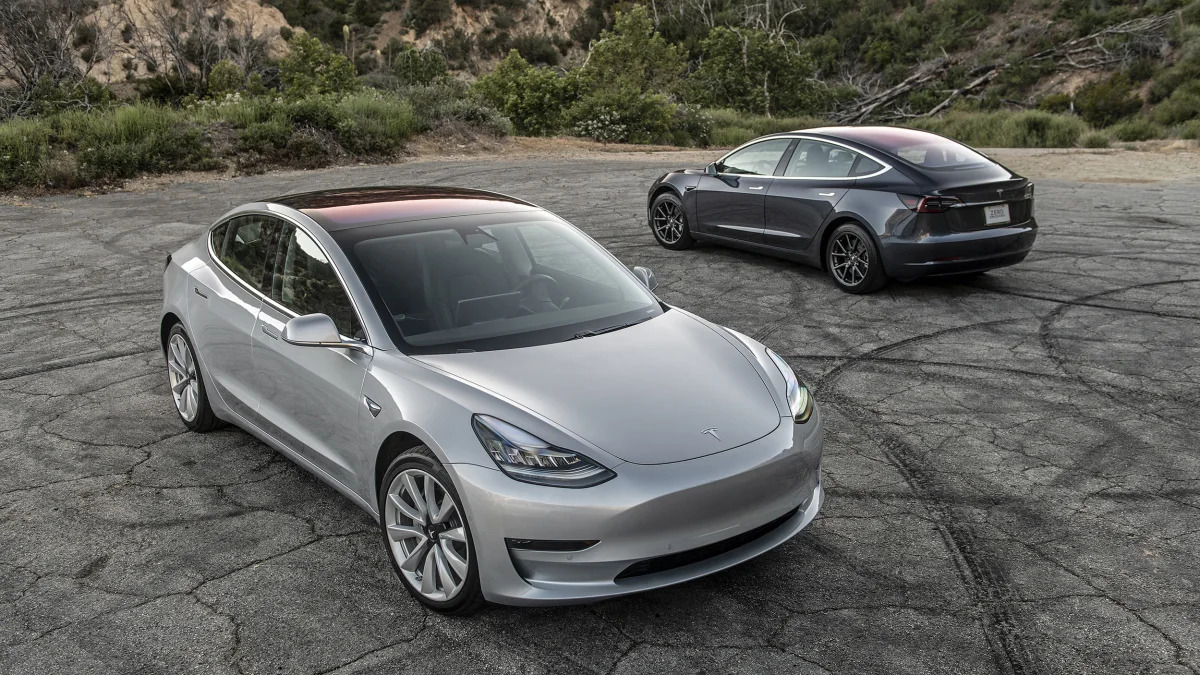
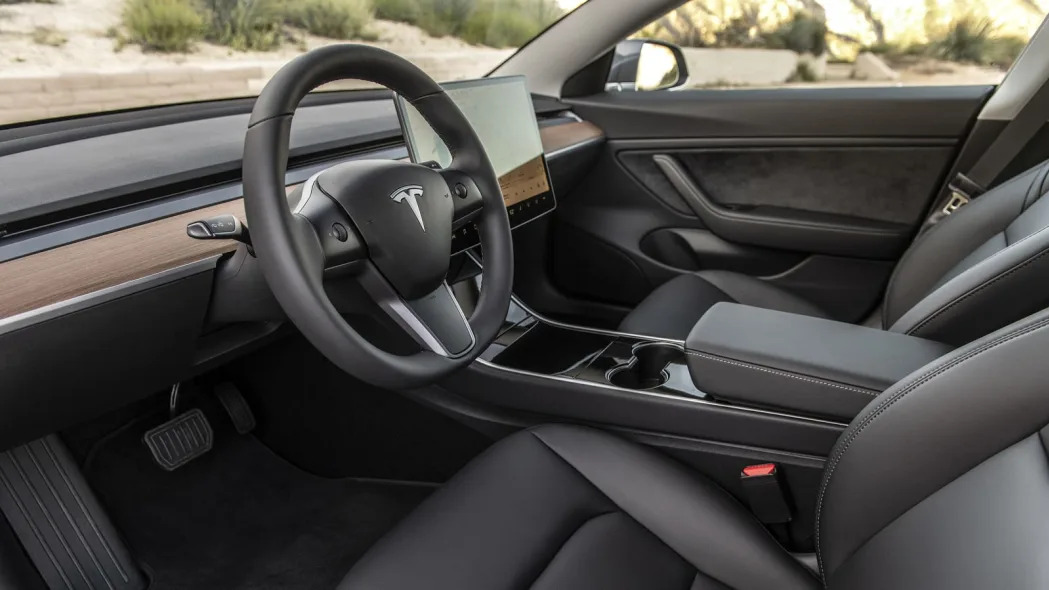








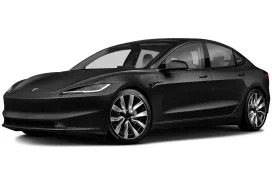
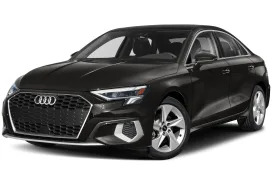


Sign in to post
Please sign in to leave a comment.
Continue